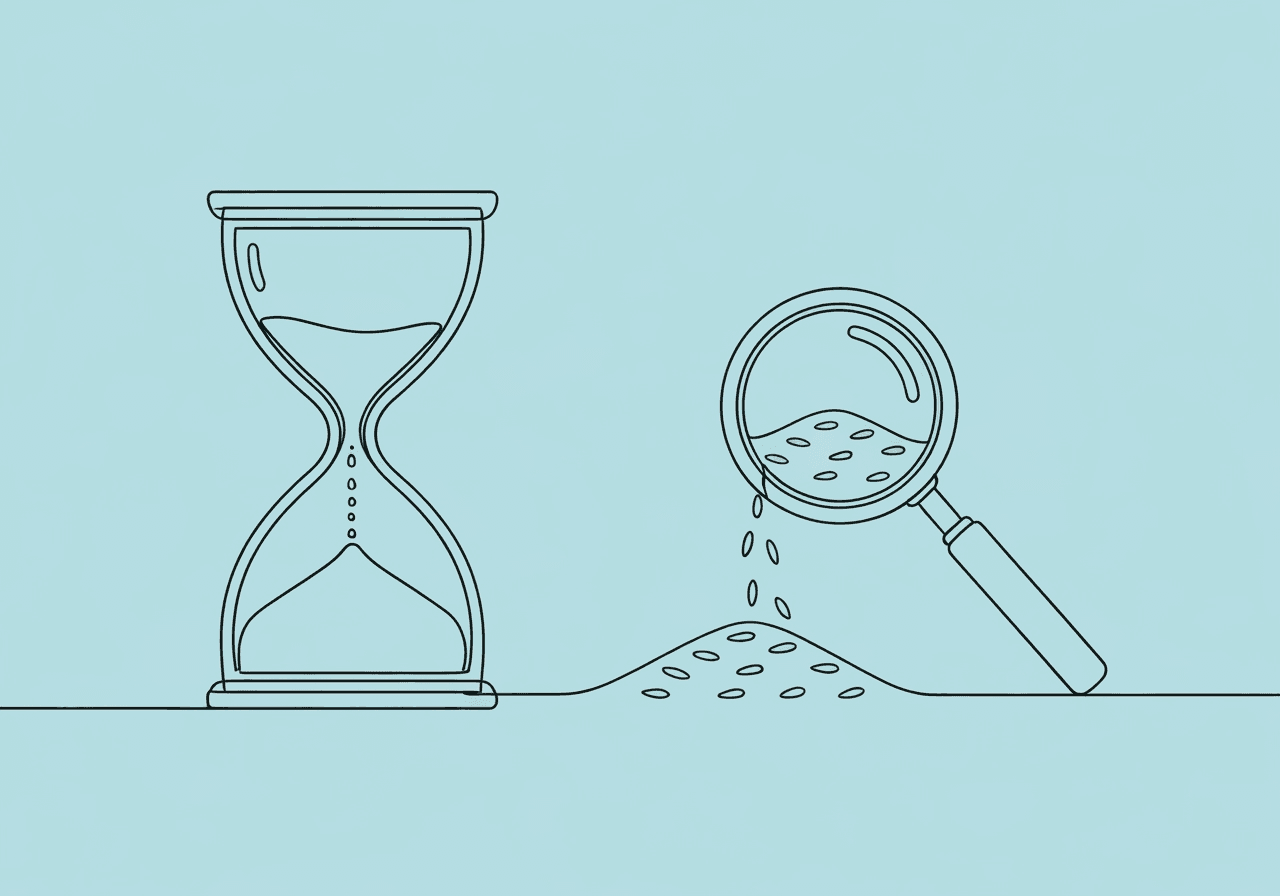Documenting Prompt Dependency: 7 Key Steps for BCBAs

Applied Behavior Analysis (ABA) is a dynamic field
Applied Behavior Analysis (ABA) is a dynamic field where prompt dependency can subtly hinder client progress by transforming aids into dependencies. As a BCBA, spot this issue early and document it to justify protocol changes—payers need clear proof of medical necessity. Proper documenting prompt dependency ABA safeguards reimbursements under codes like CPT 97155, as outlined in the ABA Coding Coalition's guidelines (ABA Coding FAQ). It also helps clients gain true independence.
This guide shares practical steps to identify, document, and fix prompt dependency. We cover definitions for payers, data metrics, visual trends, justification stories, plan updates, RBT training, and ethical rules from the BACB Code. You'll leave with tools to make strong cases and improve outcomes.
Step 1: Documenting Prompt Dependency ABA for Payer Documentation
Prompt dependency occurs when learners lean too much on cues—like verbal hints or hand-over-hand help—for tasks they've partly learned. This blocks independence. The Blue Parachute resource on prompt effects (prompt dependency overview) explains how it shifts control from natural cues to therapist prompts, limiting skill use in new places.
For payers, describe dependency as a block to functional gains needing specific fixes. Note the baseline: prompts helped at first but now stop unprompted actions. This fits ABA standards that link dependency to impacts on daily skills like self-care or social ties, per the BHCOE documentation standard (ABA clinical records standard).
Write objective notes. For example: "Client needs full physical prompts to start dressing, even with 80% accuracy in trials." This builds urgency for changes. Reference Missouri State University's guide on avoiding dependence (avoiding prompt dependence guide) to stress fading for prompt-free skills.
Step 2: Key Data Measures That Signal Dependency
Start spotting dependency with sharp data tracking on prompt over-use. Latency—the pause between instruction and action—flags it: long waits without prompts mean the learner expects cues. Magnet ABA's prompt hierarchy post (understanding prompt hierarchy) links high latency to uneven fading.
Track prompted vs. unprompted responses: (prompted correct / total trials) × 100. Dependency shows when independent responses drop below 80% across sessions, as research on prompting strategies indicates (prompting strategies comparison). Ambitions ABA's reduction tips (reducing prompt dependency methods) suggest using this with hierarchy levels, from full physical to none, to map fading.
Add prompt delay: wait 3-5 seconds before cues and measure responses. This reveals growing independence, supported by studies on delay effectiveness (prompt delay comparison study). Cross River Therapy's adult prompts article (reducing adult prompt dependence) backs this for unprompted gains.
Log in sessions, like 90% prompted for handwashing with dates. This prompt dependency data eases payer checks.
See our BCBA data trends FAQ for more.
Step 3: Visual Analysis: Interpreting Data Trends in a Graph
Graphs make prompt dependency data visual proof for protocol shifts. Plot percentage prompted on line graphs: x-axis for sessions, y-axis for rates. Flat or rising prompted lines mean stalled independence; downward trends after fading show wins.
Learning Behavior Analysis's visual guide (ABA visual analysis basics) covers level (data height), trend (direction), and variability (spread). High scatter with prompts points to uneven fading needing tweaks. In ABAB setups, use lines to compare baseline (high prompts) to fading phases; non-overlap proves impact.
If latency jumps sans prompts—from 2 to 10 seconds—graphs spotlight the issue. ABA Therapist Jobs' data analysis (visual analysis of ABA data) warns against skewed scales; keep y-axes steady for truth.
Annotate: "85% prompted after Session 20 shows dependency." Tools like Excel help. This boosts your case.
Check graphing in our CPT 97155 documentation tips.
Step 4: Crafting the Clinical Justification Narrative for a Protocol Shift
Narratives link data to necessity for changes under CPT 97155, which covers adaptive treatment with mods. Start with the issue: tie dependency to deficits, like slow self-feeding harming nutrition. Brellium's CPT guide (applying CPT 97155 in ABA) notes BCBAs must document real-time adjustments.
Add proof: "Graphs show 75% prompted over 10 sessions, stalling gains and risking loss without fading." Explain the fix—like time-delay prompts—for independence, per ABA Coding Coalition rules (coding frequently asked questions) on client-focused care.
Keep short: 200-300 words with details like "Shift from physical to gestural at Session 15 based on latency." This provides clinical justification for protocol modification for approvals.
Use our RBT prompt fading guide for related tools.
Step 5: Steps for Modifying the Skill Acquisition Plan
Revise plans methodically to fade prompts without upset. Assess dependency from Step 2 data; pick targets like task chains (e.g., toothbrushing steps).
Adjust hierarchy: go least intrusive, full physical to verbal, as Golden Steps ABA suggests (role of prompt fading). Try constant time delay (0-5 seconds) for 80% trials; reward unprompted more.
Check weekly: fade at 80% independence; reteach if not. Time-delay shows high effectiveness in reducing dependency, per a systematic review (time delay instruction review). Artemis ABA's fading practices (ABA prompt fading examples) support this across skills.
Note updates: "Added 3-second delay for handwashing, aiming 70% unprompted by Week 4." This keeps payers on board.
Step 6: Training RBTs to Prevent Dependency
Train RBTs to avoid dependency—it's key defense. Role-play hierarchies and fading; use least-to-most to build skills sans over-help. Golden Steps ABA (prompt fading role) covers differential reinforcement, bigger rewards for independents.
Show data logging: track latency and percentages live via apps. Weekly graph reviews tune fading, fixing early slips.
Add generalization across settings, per Motivity's prompts blog (ABA prompts hierarchy). Ethics training: fade steadily for autonomy.
Consistent training significantly reduces dependency risks. See our procedural integrity checklist.
Step 7: Ethical Considerations in Documenting Prompt Dependency ABA
Ethics guide all documenting prompt dependency ABA work. Follow BACB Code to promote independence, fading supports to avoid harm. Section 2 stresses beneficence—max gains via self-reliance—and informed consent for fading (BACB ethics code).
Document ethically: share data transparently with teams and families. Monitor for over-fading risks; balance progress with client comfort. This upholds dignity and standards.
Tie to payers: ethical notes strengthen justifications, ensuring compliance.
Frequently Asked Questions
What is prompt dependency in ABA therapy?
Prompt dependency in ABA means relying on cues like verbal or physical help for partly mastered tasks, curbing independence. The Autism Helper's reduction post (reducing prompt dependence) calls it needing prompts for initiation in autism cases. Fading builds self-reliance and generalization.
How do you identify prompt dependency in a client?
Track high prompted rates (>70%) or latency rises without cues over sessions. Blue Parachute's overview (prompt dependency effects) notes waits despite past success. Use hierarchies; ongoing reliance calls for fading.
What strategies are used to reduce prompt dependency in ABA?
Use fading like time delay (3-5 seconds pre-cue) and most-to-least hierarchies, plus independent reinforcement. Links ABA's guide (prompt hierarchies practical) shows time-delay's high effectiveness. Adjust weekly via data for smooth independence.
When should a BCBA use CPT code 97155 during a session?
Apply 97155 for adaptive treatment with live mods, like prompt tweaks on performance. Brellium's article (CPT 97155 application) requires BCBA oversight; log reasons like dependency data for pay. Best for fading, not standard sessions.
How does the BACB Ethics Code address client independence?
BACB Code (2022) requires autonomy promotion by fading aids and preventing harm like dependency. Section 2 focuses on beneficence for independence benefits, with consent on plans (BACB ethics document). Track self-management to respect dignity.
What are the most effective techniques for fading prompts in ABA?
Try graduated guidance (partial to full fade) and constant time delay, from 0 seconds up. Ambitions ABA's fade guide (fading prompts in ABA) uses data pacing at 80% mastery. Pair with video modeling for high success in transfers, per staff implementation study (video modeling effects).
These steps help you handle documenting prompt dependency ABA well, turning hurdles into growth chances. Use data, narratives, and ethics to meet payer and BACB needs for real independence.
Next: Check cases for dependency with latency notes, train RBTs on hierarchies soon, audit a note for CPT 97155. This protects pay and adds client value, showing ABA's strength step by step.
Popular in ABA Session Notes & Tools
- 1
RBT Supervision Documentation: 2025 BACB Guide & Templates
2,0989 min read - 2
Master ABA Medical Necessity Documentation: Avoid Denials
1,0289 min read - 3
ABA Documentation Best Practices for RBTs: Essential Tips
8905 min read - 4
Master ABA SOAP Notes: Guide for RBTs & BCBAs
8839 min read - 5
Guide to ABA Progress Reports for Insurance Reauthorization
7078 min read
Popular in ABA Session Notes & Tools
- 1
RBT Supervision Documentation: 2025 BACB Guide & Templates
2,0989 min read - 2
Master ABA Medical Necessity Documentation: Avoid Denials
1,0289 min read - 3
ABA Documentation Best Practices for RBTs: Essential Tips
8905 min read - 4
Master ABA SOAP Notes: Guide for RBTs & BCBAs
8839 min read - 5
Guide to ABA Progress Reports for Insurance Reauthorization
7078 min read
Related Resources
Explore more helpful content on similar topics

Avoid These 5 BCBA IOA Documentation Mistakes Today
Avoid these 5 common BCBA IOA documentation mistakes that compromise ABA data integrity. Learn interobserver agreement best practices and protocols to ensure accurate session notes and compliance in behavior analysis.

Rate vs. Percentage of Occurrence: A BCBA's Guide to Choosing the Right Measurement for Documentation
Navigate rate vs percentage of occurrence in ABA with this BCBA guide. Learn to choose the right measurement for skill acquisition, behavior reduction, and compliant documentation to avoid audit pitfalls.

Continuous vs Discontinuous ABA Data: Key Differences
Discover the key differences between continuous vs discontinuous ABA data to improve accuracy and justify medical necessity. Learn pros, cons, hybrid strategies, and best practices for BCBAs in behavior analysis documentation.